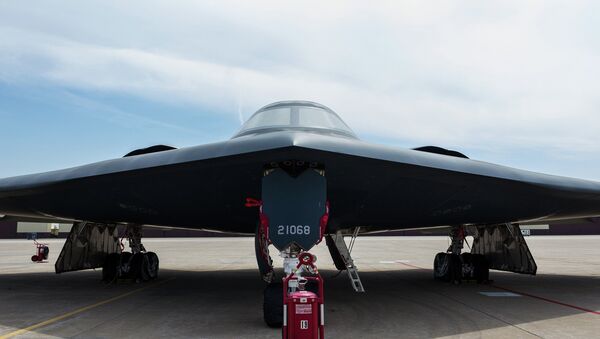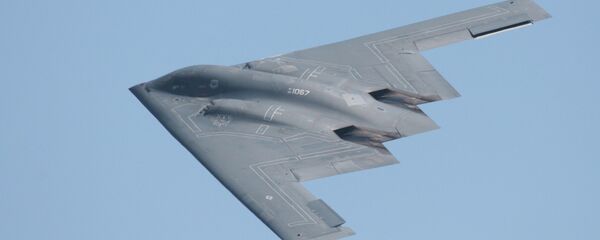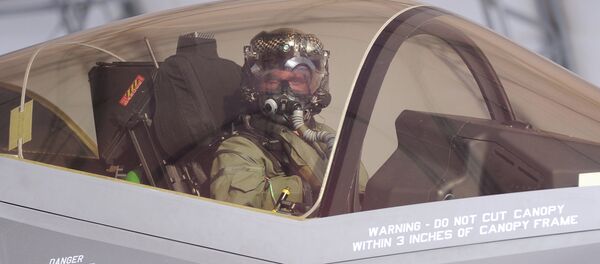The original projected cost of the B-2 stealth bomber in 1986 was $441 million per plane. By 1992, they cost $2.2 billion each. And at that princely unit price, the Air Force didn't even get the 132 they'd planned on. At the moment, there are only 20.
The total (projected, for now) expenditure doesn't come close to the $400 billion (so far) boondoggle of the F-35 program — the military's most expensive in history — but the B-2 does blow all other military aircraft away for cost per hour of flying.
— Washington Journal (@cspanwj) January 7, 2015
But, the Air Force says, this time it's gonna be different. They're developing a next-gen bomber that they say will cost a fraction of the B-2 at $550 million per plane. That'll be $55 billion for the 100-plane fleet they want.
But for those with a knowledge of the Air Force's history with high-tech, do-it-all, you-only-need-this-one pieces of equipment (see F-35), skepticism seems the appropriate response.
"There’ll be a tendency to load this thing with every toy that can be developed because it’s the only game in town," Tom Christie, a former Pentagon acquisition executive and director of weapons testing, told Bloomberg News. "It’s worse now than it ever was."
Not much is known about the proposed designs for the highly classified Long Range Strike Bomber (LRS-B), as it's known for the moment, but it will still prioritize stealth capabilities, even as detection technology makes significant gains against such protections, Air Force Major General Paul Johnson told Bloomberg.
"Our adversaries recognize the advantage that stealth brings," Johnson said. "We’re working hard to maintain that advantage, and we’re being successful at that."
The B-2's special coating, which makes it so hard to detect (though it's getting easier for adversaries all the time), unfortunately also makes it unable to sit out in the rain.
— Álvaro Amat (@alvaroamat) August 8, 2012
The Pentagon has already set aside $1.2 billion in the FY 2016 budget for the LRS-B, up from $914 million in FY 2015. They've committed to spending $15.1 billion on development through 2020, with a projected in-service-date of 2025.
Though the promises of affordability raise eyebrows, the LRS-B program actually replaced another one — the Next Generation Bomber (NGB) program — which Secretary of Defense Robert Gates nixed in 2011 due to high cost.
The current stealth bomber is supposed to save on research and development costs by relying on already existing technologies, and will probably be smaller than previous bombers.
The Air Force likely wants "something smaller than a B-2, perhaps as small as half the size, with two engines similar in size to the F135 engines that power the F-35, so enhancement programs can also be applied to the bomber," according to Defense News.
The battle over who is going to build the LRS-B is already on between Northrop Grumman (maker of the B-2) and a team effort of Boeing and Lockheed Martin. A decision is expected relatively soon, probably by this summer.
Northrop Grumman is clearly not deterred by their over-budget, under-producing past performance with the B-2. If employee political action committees' fundraising efforts are any indication of how much they want to convince the powers-that-be that they're making the right choice, then Northrop — which has already started a slick ad campaign — is eager indeed.
According to public filings with the Federal Election Commission, Northrop's employees' PAC has $3.3 million ready to throw around in the next election cycle, compared with Lockheed’s $1.8 million and Boeing’s $745,000.
— Sam (@volkzjager) February 19, 2015
Meanwhile, some question whether a bomber of this type even makes sense for a future that looks to be increasingly inhabited by unmanned drones. The Navy, for example, has already decided that unpiloted aircraft are the way forward and they won't commission another manned aircraft once they get the F-35 (if they ever do).




